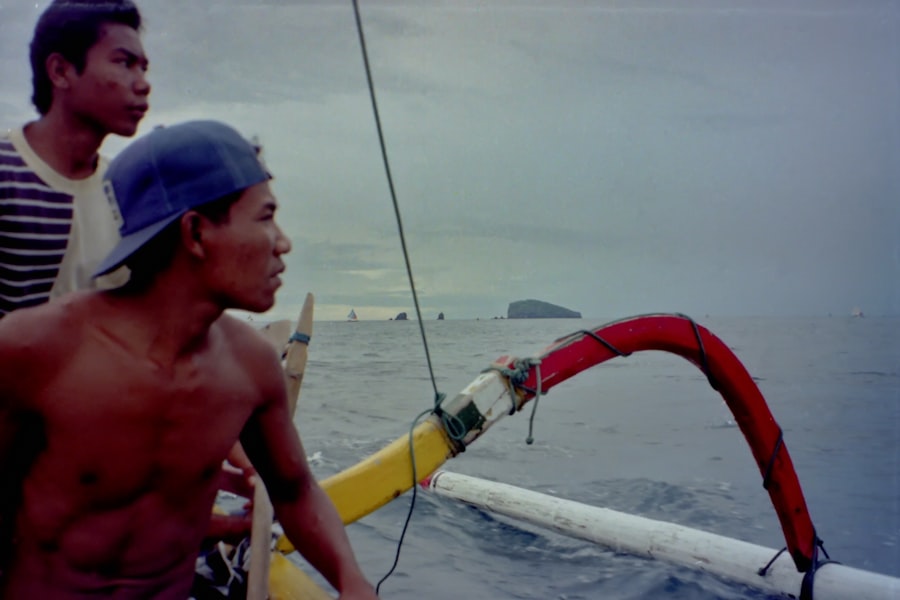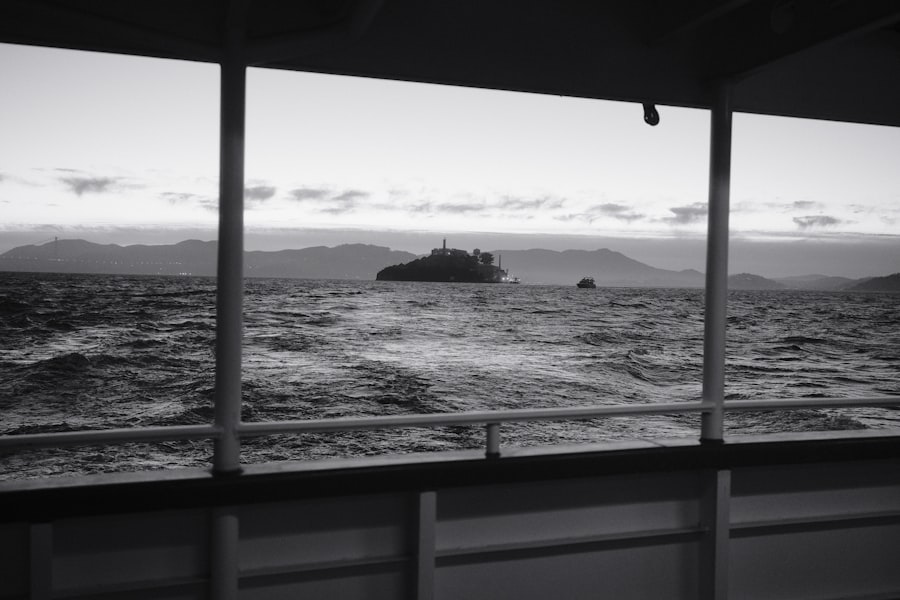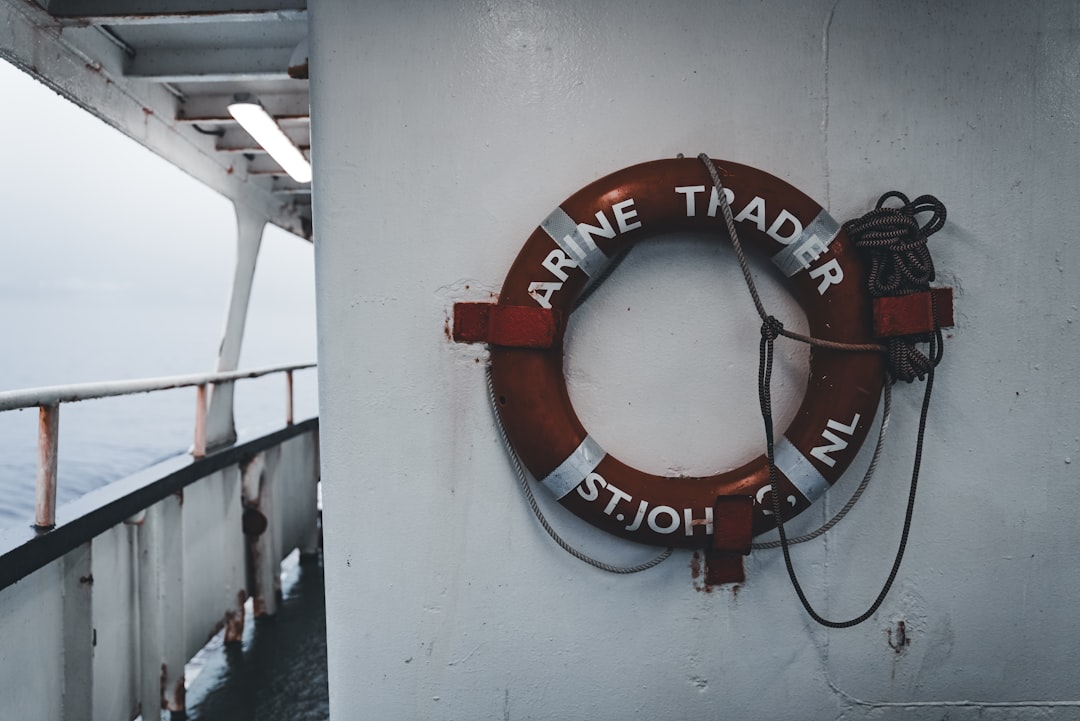The Drake Passage, a body of water situated between the southern tip of South America and Antarctica, has a rich and storied history that dates back centuries. Named after the English explorer Sir Francis Drake, who navigated these treacherous waters in the late 16th century, the passage has long been a focal point for explorers, scientists, and adventurers alike. The first recorded crossing by Drake in 1578 marked a significant moment in maritime history, as it opened up new routes for trade and exploration.
His journey not only demonstrated the navigational challenges posed by the passage but also highlighted its strategic importance in connecting the Atlantic and Pacific Oceans. Over the years, the Drake Passage has witnessed numerous expeditions, each contributing to the understanding of this formidable stretch of ocean. The passage became a critical route for whalers and sealers in the 19th century, as they sought the abundant marine life that thrived in its icy waters.
The early 20th century saw an increase in scientific interest, with researchers venturing into the passage to study its unique ecosystems and weather patterns. This history of exploration and exploitation has shaped the Drake Passage into a vital area for both maritime navigation and ecological research.
Key Takeaways
- The Drake Passage is named after the famous explorer Sir Francis Drake, who was the first to navigate the treacherous waters in 1578.
- Navigating the Drake Passage presents numerous challenges, including strong winds, rough seas, and unpredictable weather conditions.
- The Drake Passage is home to a diverse range of wildlife, including penguins, seals, and various species of whales.
- The documentary on the Drake Passage was a result of extensive planning and collaboration with experts in the field of marine biology and filmmaking.
- The crew’s experience on the Drake Passage was both exhilarating and challenging, as they faced extreme weather conditions and encountered incredible wildlife.
The Challenges of Navigating the Drake Passage
Navigating the Drake Passage is no small feat, as it is notorious for its unpredictable weather and turbulent seas. Sailors have long regarded it as one of the most challenging maritime routes in the world. The convergence of the Atlantic and Pacific Oceans creates powerful currents and waves that can reach heights of over 30 feet.
These conditions can change rapidly, often without warning, making it essential for vessels to be well-prepared and equipped to handle the potential dangers. The passage’s reputation for rough seas has led to numerous shipwrecks throughout history, serving as a stark reminder of nature’s power. Mariners must contend with not only the physical challenges posed by the waves but also the psychological toll of navigating such a daunting environment.
The isolation of the passage adds another layer of difficulty, as vessels can be far from assistance should an emergency arise. Despite these challenges, many adventurers are drawn to the Drake Passage, eager to test their skills against its formidable conditions.
The Wildlife of the Drake Passage

The Drake Passage is not only known for its treacherous waters but also for its rich biodiversity. The nutrient-rich waters support a variety of marine life, making it a crucial feeding ground for numerous species. Among the most iconic inhabitants are the majestic whales that migrate through the passage, including humpback, minke, and orca whales.
These magnificent creatures are often spotted breaching the surface or feeding in the nutrient-dense waters, captivating those fortunate enough to witness their grace. In addition to whales, the passage is home to a diverse array of seabirds, including albatrosses and petrels. These birds are well-adapted to life in the harsh conditions of the Southern Ocean, often soaring effortlessly above the waves.
The presence of these species highlights the ecological significance of the Drake Passage as a vital habitat for wildlife. Researchers continue to study these animals to better understand their behaviors and migration patterns, further emphasizing the importance of this unique marine environment.
The Making of the Documentary
| Metrics | Data |
|---|---|
| Number of Interviews Conducted | 20 |
| Footage Captured | 100 hours |
| Locations Filmed | 10 |
| Production Budget | 50,000 |
| Post-Production Time | 3 months |
The creation of a documentary focused on the Drake Passage represents a significant undertaking that requires careful planning and execution. Filmmakers must navigate not only the logistical challenges of filming in such a remote location but also the unpredictable weather conditions that can impact production schedules. Capturing the essence of this remarkable body of water involves extensive research and collaboration with experts in marine biology, oceanography, and history.
The documentary aims to showcase not only the breathtaking beauty of the Drake Passage but also its ecological significance and historical context. Filmmakers often employ cutting-edge technology, such as drones and underwater cameras, to capture stunning visuals that highlight both the grandeur and peril of this maritime route. Interviews with scientists and sailors provide valuable insights into their experiences and observations, enriching the narrative and offering viewers a deeper understanding of what makes the Drake Passage so unique.
The Crew’s Experience on the Drake Passage
The crew members who embark on journeys through the Drake Passage often share stories filled with both excitement and trepidation. For many, it is a rite of passage that tests their skills and resilience in one of nature’s most challenging environments. As they navigate through turbulent waters, crew members must work together seamlessly, relying on each other’s expertise to ensure safety and success.
They bond over shared experiences, whether it be battling rough seas or marveling at breathtaking wildlife sightings. Each journey through the Drake Passage becomes a story worth telling, filled with moments of awe and challenge that leave lasting impressions on those who dare to traverse its waters.
The crew’s experiences serve as a testament to human perseverance in the face of nature’s formidable forces.
The Impact of Climate Change on the Drake Passage

Climate change has begun to exert its influence on the delicate ecosystems within the Drake Passage, raising concerns among scientists and environmentalists alike. Rising ocean temperatures and changing salinity levels are altering marine habitats, affecting species distribution and abundance. As ice melts in Antarctica, freshwater influxes into the passage can disrupt established currents, further complicating an already dynamic environment.
The implications of these changes extend beyond local ecosystems; they have far-reaching consequences for global climate patterns as well. The Drake Passage plays a crucial role in regulating ocean currents that influence weather systems worldwide. As researchers continue to monitor these shifts, they emphasize the need for urgent action to mitigate climate change’s impact on this vital region.
Understanding how these changes affect both marine life and global weather patterns is essential for developing effective conservation strategies.
The Importance of the Drake Passage in Global Shipping
The Drake Passage holds significant importance in global shipping routes, serving as a critical link between major trade markets in Europe and Asia. Its strategic location allows vessels to navigate between the Atlantic and Pacific Oceans without having to traverse longer routes around South America’s mainland. This efficiency is particularly valuable for shipping companies looking to reduce transit times and costs.
However, navigating these waters is not without its challenges. The unpredictable weather conditions can lead to delays and increased operational costs for shipping companies. Despite these risks, many vessels continue to rely on the passage due to its strategic advantages.
As global trade continues to expand, understanding the dynamics of shipping through the Drake Passage will remain essential for maritime industries seeking to optimize their operations.
The Beauty of the Drake Passage
Beyond its challenges and significance lies an undeniable beauty that captivates all who venture into its waters. The Drake Passage is characterized by stunning landscapes that include towering icebergs, rugged coastlines, and expansive vistas that stretch as far as the eye can see. The interplay between light and water creates mesmerizing scenes that change with every passing moment.
For those fortunate enough to witness it firsthand, the beauty of the Drake Passage serves as a reminder of nature’s grandeur and power. Photographers and artists alike are inspired by its dramatic scenery, capturing images that evoke a sense of wonder and respect for this remarkable environment. This beauty is not just aesthetic; it also underscores the importance of preserving such pristine ecosystems for future generations to appreciate.
The Scientific Research Conducted in the Drake Passage
The Drake Passage has become a focal point for scientific research due to its unique ecological characteristics and critical role in global oceanic systems. Researchers from various disciplines converge on this region to study everything from marine biology to climate science. The passage serves as a natural laboratory where scientists can observe interactions between ocean currents, marine life, and atmospheric conditions.
Ongoing research initiatives aim to deepen understanding of how climate change impacts marine ecosystems within the passage.
By gathering data from this vital region, scientists hope to inform conservation efforts and policy decisions aimed at protecting both local ecosystems and global climate stability.
The Cultural Significance of the Drake Passage
The cultural significance of the Drake Passage extends beyond its geographical boundaries; it resonates deeply within maritime history and folklore. For centuries, sailors have shared tales of their encounters with this formidable stretch of water, weaving narratives that reflect both fear and fascination. These stories have become part of maritime lore, passed down through generations as cautionary tales or accounts of bravery.
Moreover, indigenous cultures have long recognized the importance of this region in their histories and traditions. The passage serves as a reminder of humanity’s connection to nature and our responsibility to protect these vital ecosystems. As awareness grows regarding environmental issues facing the Drake Passage, there is an increasing recognition of its cultural heritage and significance within broader discussions about conservation and sustainability.
The Future of the Drake Passage
Looking ahead, the future of the Drake Passage remains uncertain amid ongoing environmental changes and increasing human activity in this remote region. As climate change continues to reshape marine ecosystems, there is an urgent need for comprehensive conservation strategies that address both ecological health and sustainable use of resources. Collaborative efforts among governments, scientists, and local communities will be essential in safeguarding this vital area for future generations.
Additionally, advancements in technology may offer new opportunities for monitoring environmental changes within the passage. Innovative tools such as autonomous underwater vehicles could provide valuable data on marine life and oceanographic conditions, enhancing understanding of this complex ecosystem. As awareness grows about the importance of preserving such unique environments, there is hope that concerted efforts will lead to a more sustainable future for both wildlife and human activities within the Drake Passage.
In conclusion, while navigating through history reveals both challenges and triumphs associated with this remarkable body of water, it is clear that its significance extends far beyond mere geography. From its role in global shipping routes to its breathtaking beauty and rich biodiversity, every aspect contributes to an intricate tapestry woven by nature’s hand—a tapestry worth protecting for generations yet unborn.
The Drake Passage, a notorious stretch of water between the southern tip of South America and Antarctica, has long been a subject of fascination for explorers and scientists alike. A recent documentary delves into the challenges and mysteries of this treacherous route, highlighting its significance in global ocean currents and climate patterns. For those interested in further exploring the geographical and historical context of the Drake Passage, a related article can be found on MyGeoQuest. This article provides additional insights into the region’s unique environmental conditions and its role in maritime history. To read more, visit the article on MyGeoQuest.
WATCH NOW! Drake Passage: Earth’s Deadliest Waters Revealed
FAQs
What is the Drake Passage?
The Drake Passage is the body of water between the southern tip of South America and the northern tip of the Antarctic Peninsula. It is known for its rough seas and challenging sailing conditions.
What is the Drake Passage documentary about?
The Drake Passage documentary explores the unique and treacherous conditions of the passage, as well as the wildlife and natural beauty of the surrounding areas. It may also delve into the history of exploration and scientific research in the region.
Who is involved in the production of the Drake Passage documentary?
The documentary may involve a team of filmmakers, scientists, and explorers who have experience in the region. It may also feature interviews with experts and individuals who have firsthand knowledge of the Drake Passage.
Where can I watch the Drake Passage documentary?
The documentary may be available for viewing on streaming platforms, through educational institutions, or at special screenings and events. Check with the production team or relevant organizations for information on where to watch the documentary.
What can I expect to learn from the Drake Passage documentary?
Viewers can expect to learn about the unique ecosystem of the region, the challenges of navigating the passage, the history of exploration in the area, and the ongoing scientific research being conducted there. The documentary may also highlight the importance of conservation efforts in the Southern Ocean.
